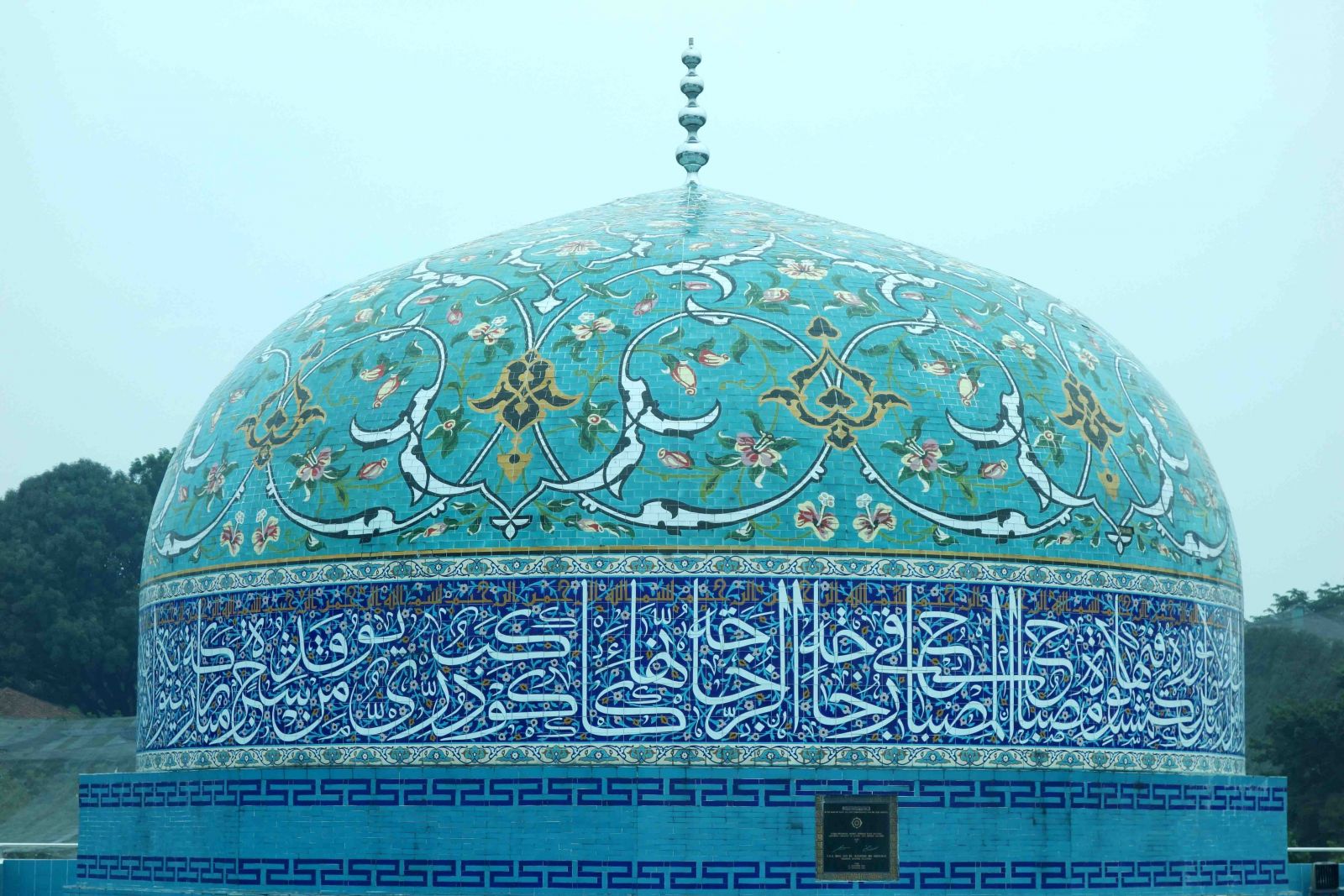 |
The visit was primarily meant for our new MCG members to get a chance to acquaint themselves with this amazing place.
However, a few old-timers like myself joined in, ready to be impressed yet again by the breathtaking architecture of the building (1998) and the richness and variety of this private collection.
We formed 2 groups of 12 headed by Ms Atikah and Ms Amira, IAMM officers , who walked us through the galleries sharing their vast knowledge and graciously answering our many questions. |
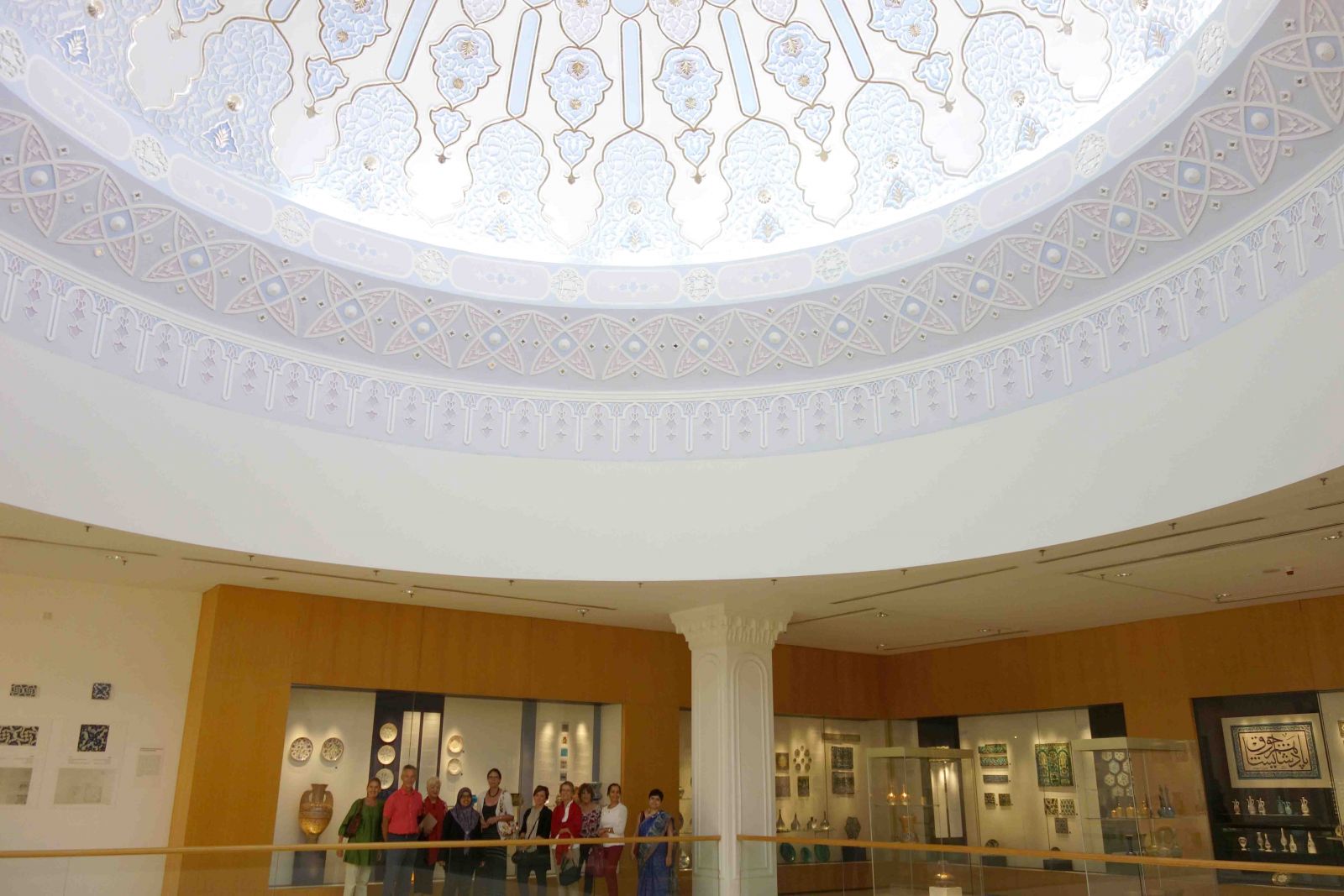 |
Before moving on to the permanent collections, we looked at an interesting photo exhibition in the Special Gallery commemorating the 50th anniversary of the construction of the National Mosque (Masjid Negara) located just across the road from the IAMM.
It was built at the behest of Malaysia’s first Prime Minister, Tunku Abdul Rahman, to celebrate independence. It boasts a unique Malaysian architecture with its umbrella-shaped roof and tapered minaret. (Note: its proximity to the railway station was intentional and was meant to offer the weary travellers an easily accessible place to pray and rest) |
|
The IAMM proper houses 12 permanent galleries with collections that aim at being truly representative of the entire islamic world.
A full description is obviously impossible. However, here are a few highlights of what we saw:
|
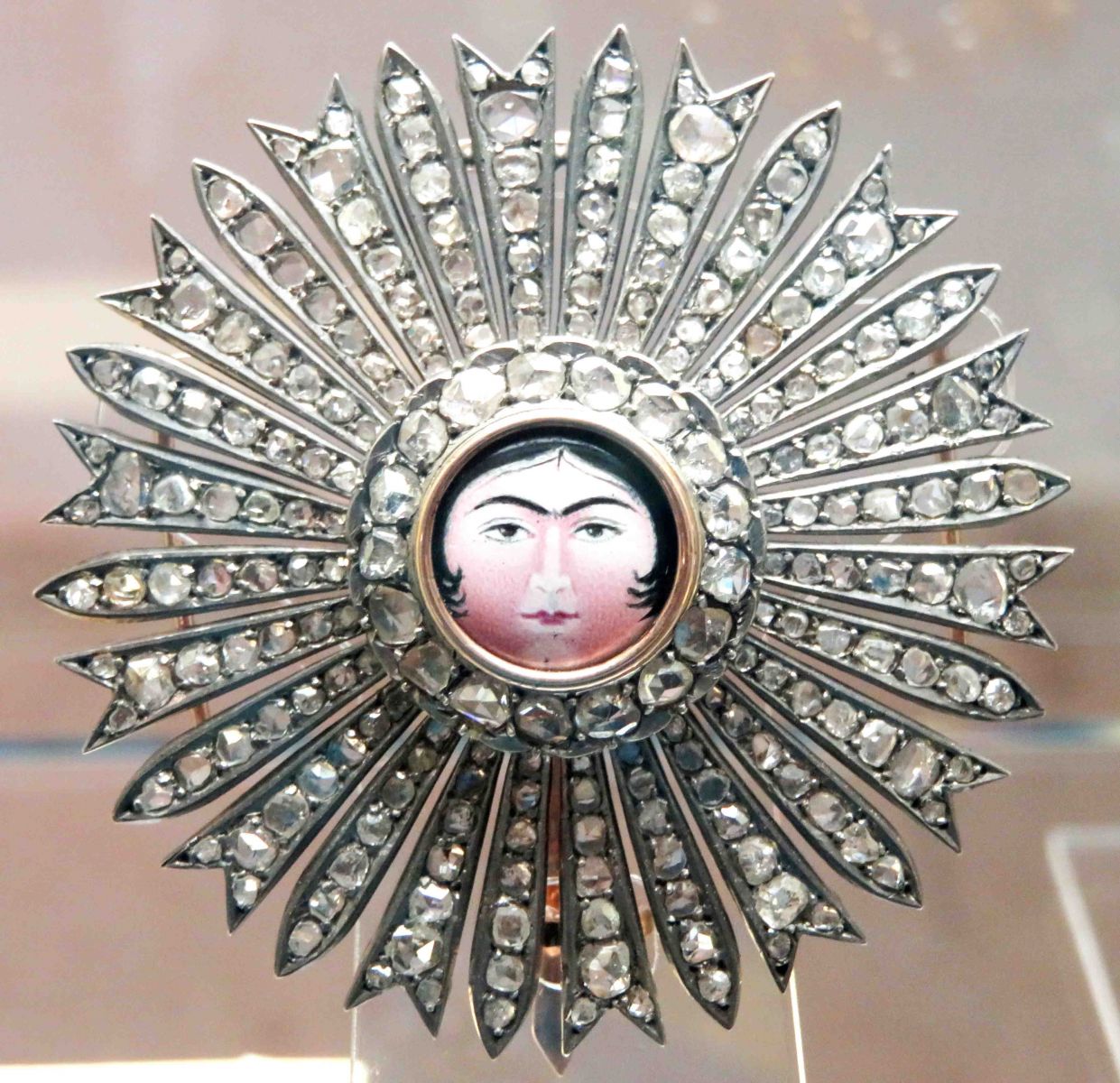 |
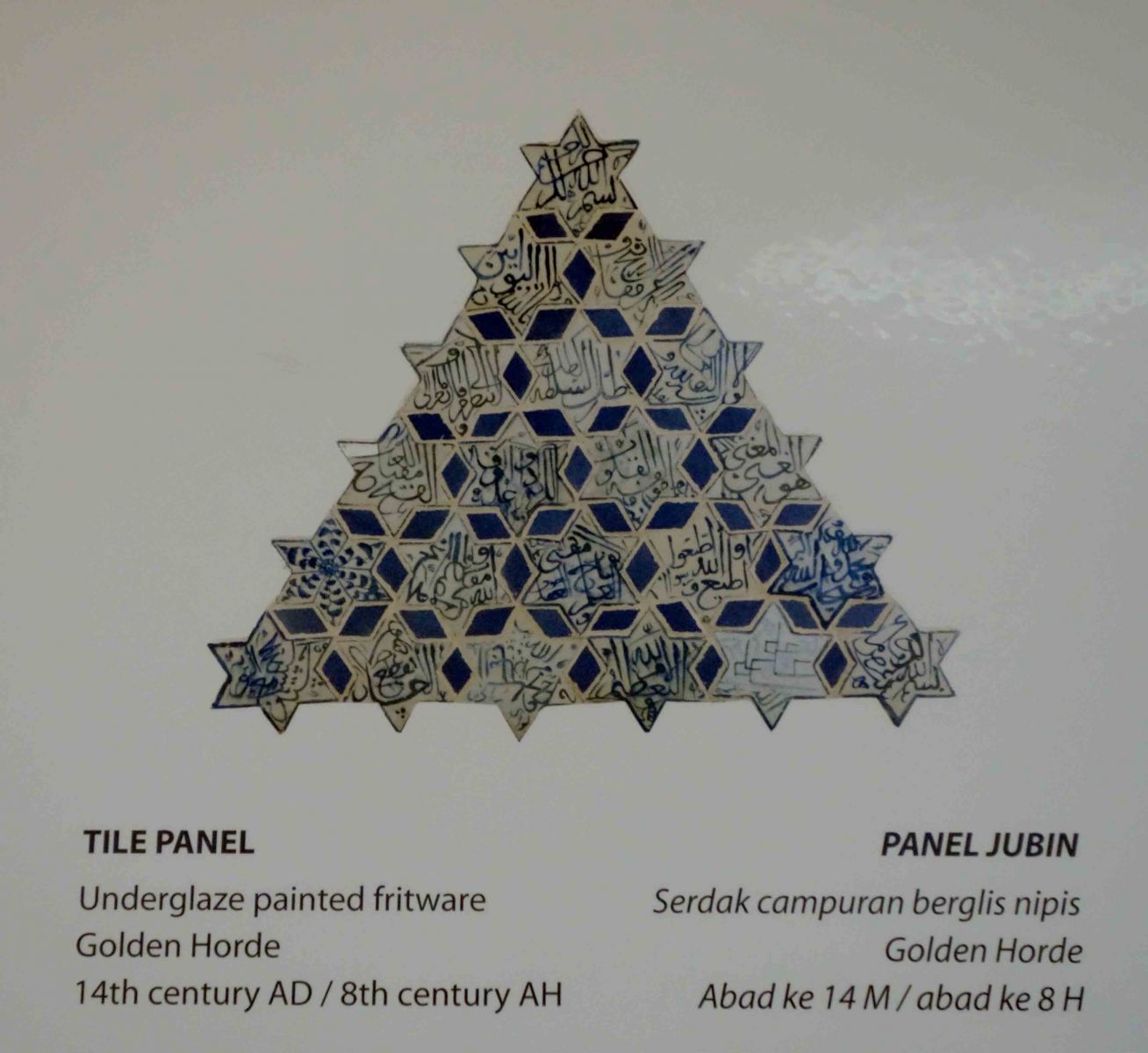 |
|
2nd FLOOR Arms and Swords Gallery - Exquisitely bejewelled arms and swords for ceremonies, clothing and war. - The “Tiger” symbol engraved on Tipu Sultan’s weapons (Mysore, India). - Rifles and pistols using powder (no bullets) and the mind boggling variety of powder holders. |
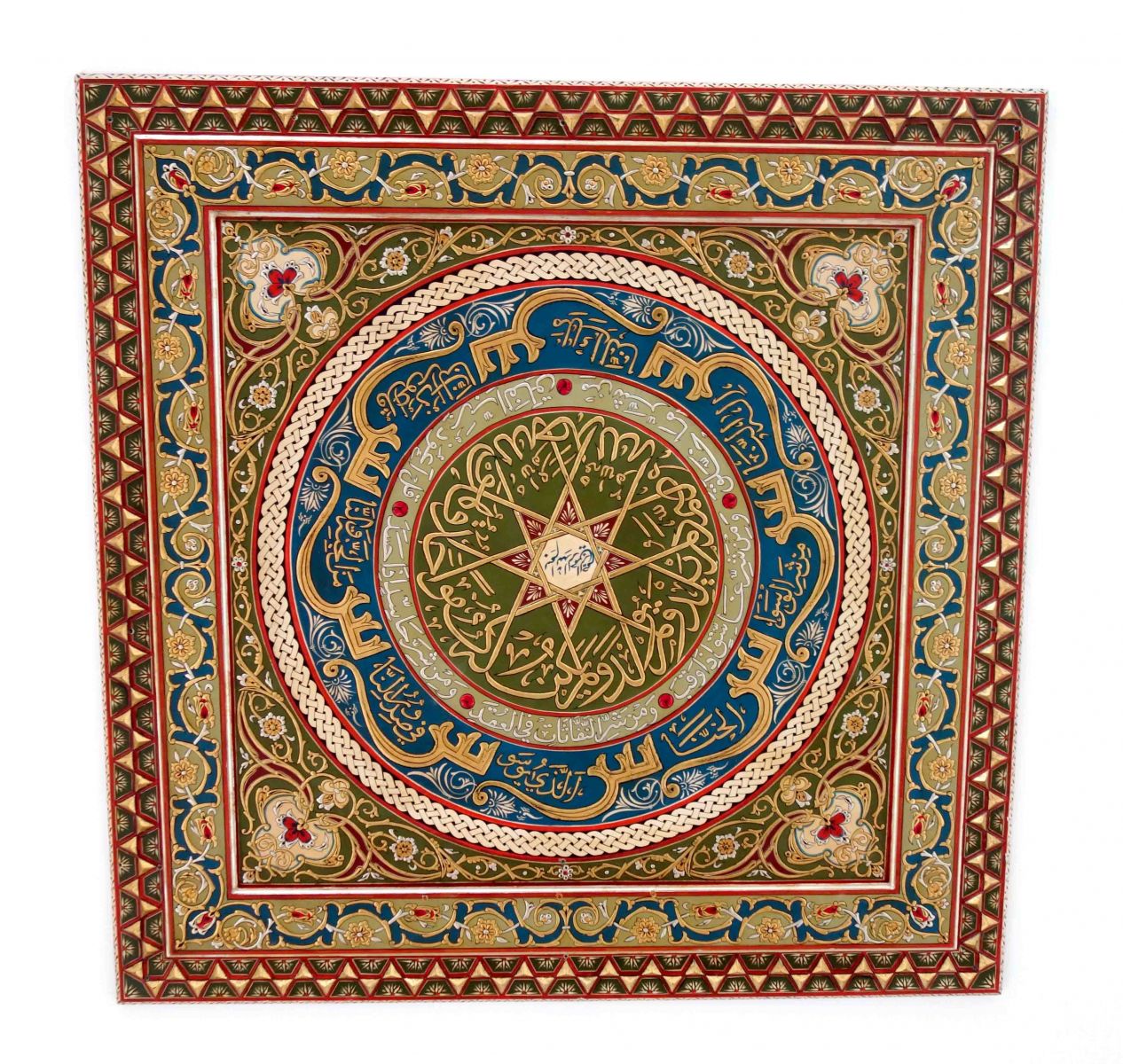 |
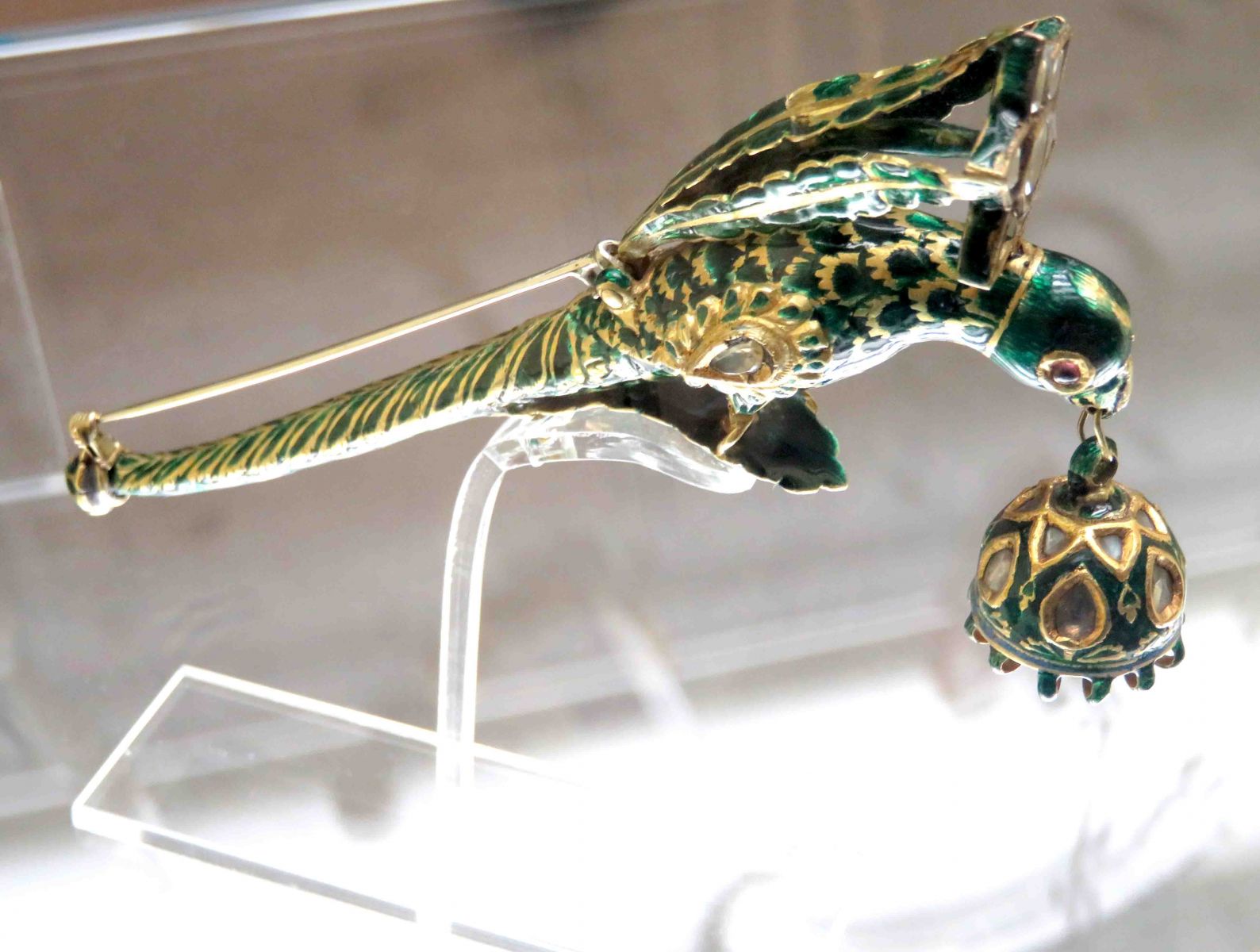 |
|
Jewelry Gallery - Breathtaking variety of personal jewelry including headgears from Central Asia - Engraved gold powderbox - shaped container holding a miniature Quran. - Huge pectoral plates for horses from Uzbekistan |
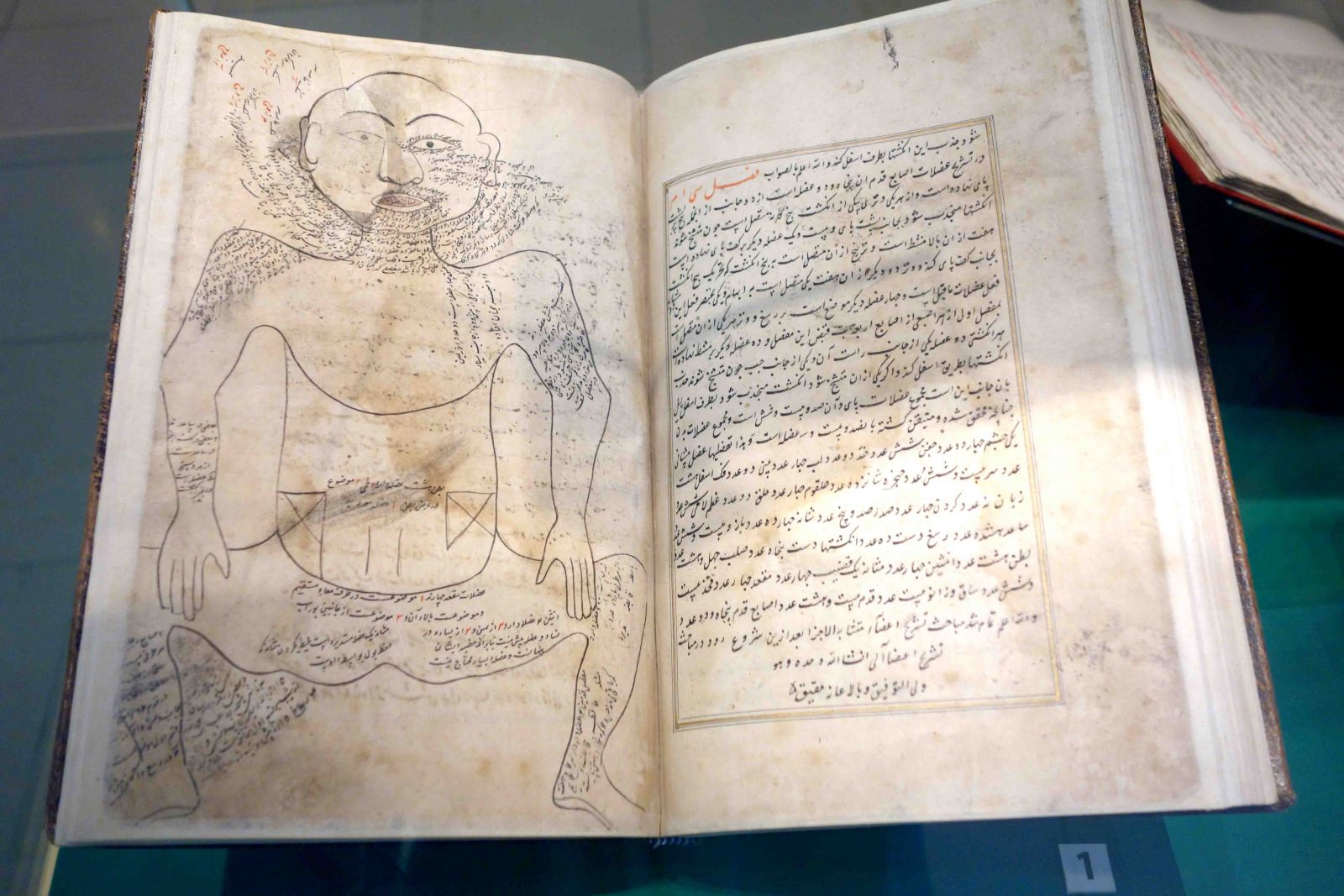 |
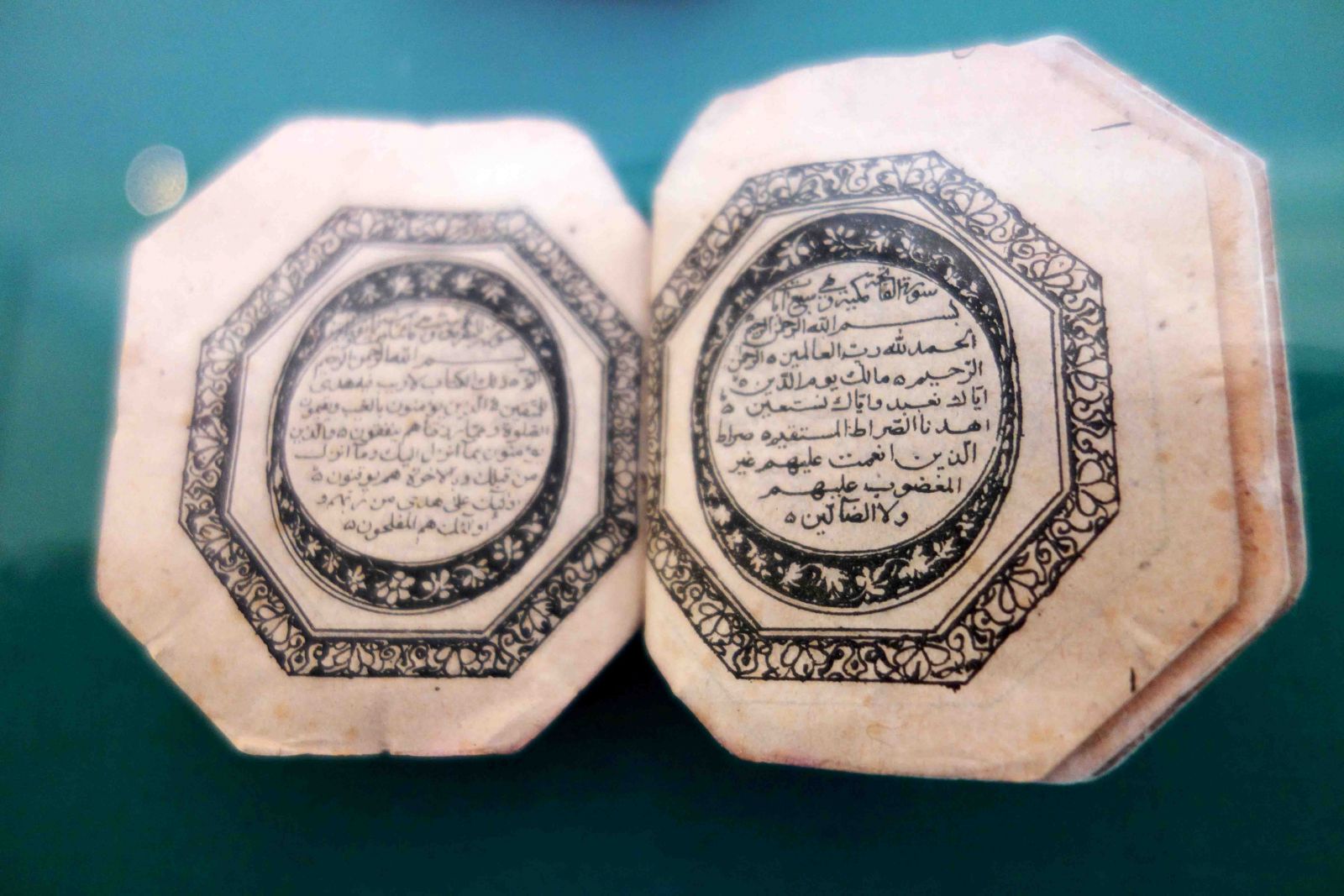 |
|
Textile Gallery - Oldest fragment of embroidered islamic script (~905 CE, Egypt) - Astounding cotton talismanic chart (19th c, Iran) - Heavily embroidered horse saddles (Morocco) |
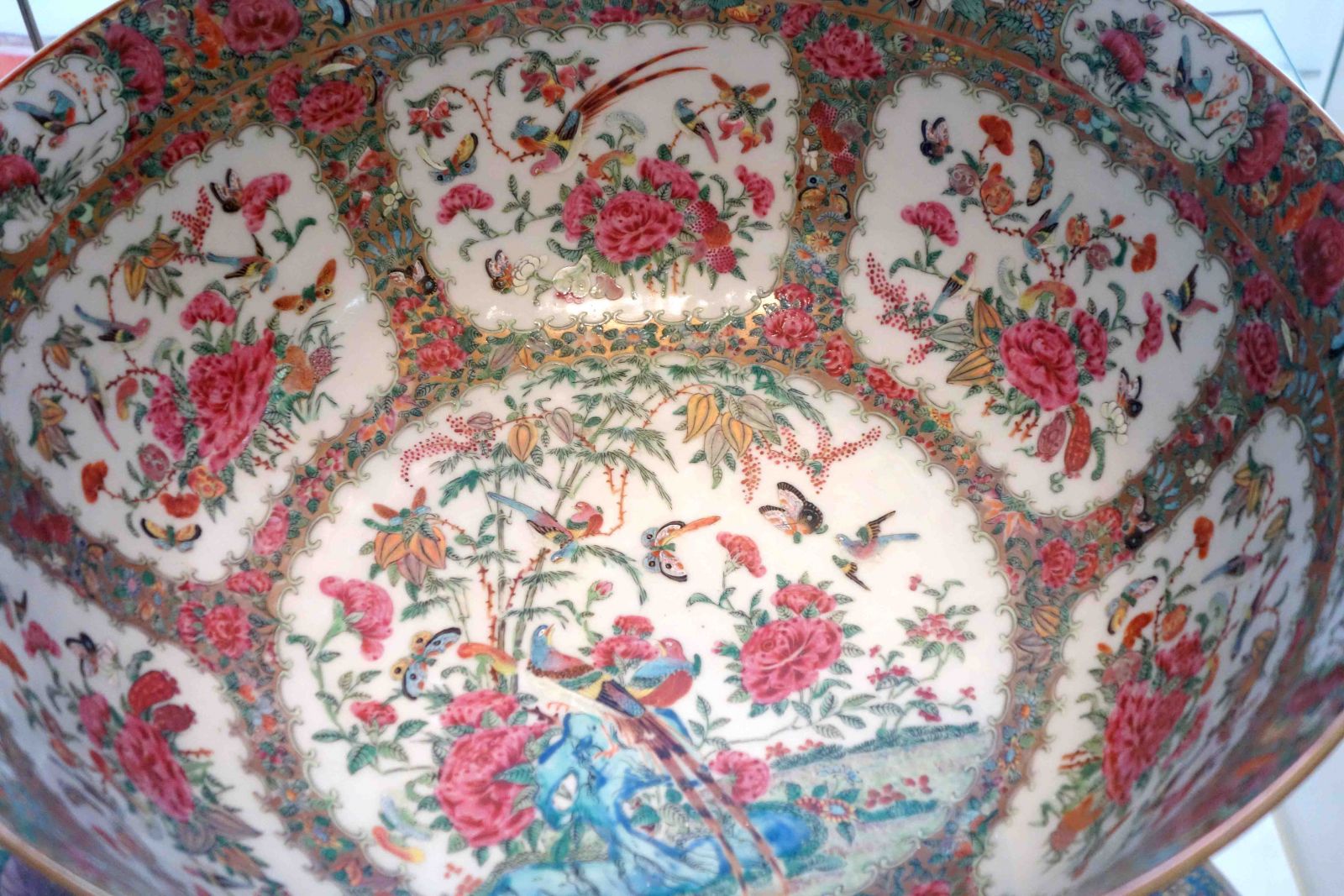 |
 |
|
- Clothing and decorative items covered in cross-stitches (Palestine) - Huge kashmiri shawls. Prayer mats - Malay world textiles and crafts in tie & dye, songket, ikat, batik
Household items - Wooden furniture, boxes, cabinets with ivory or mother-of-pearl inlays - Displays of house interiors from islamic dynasties - Objects in papier mâché, lacquered wood, vases, ceramics |
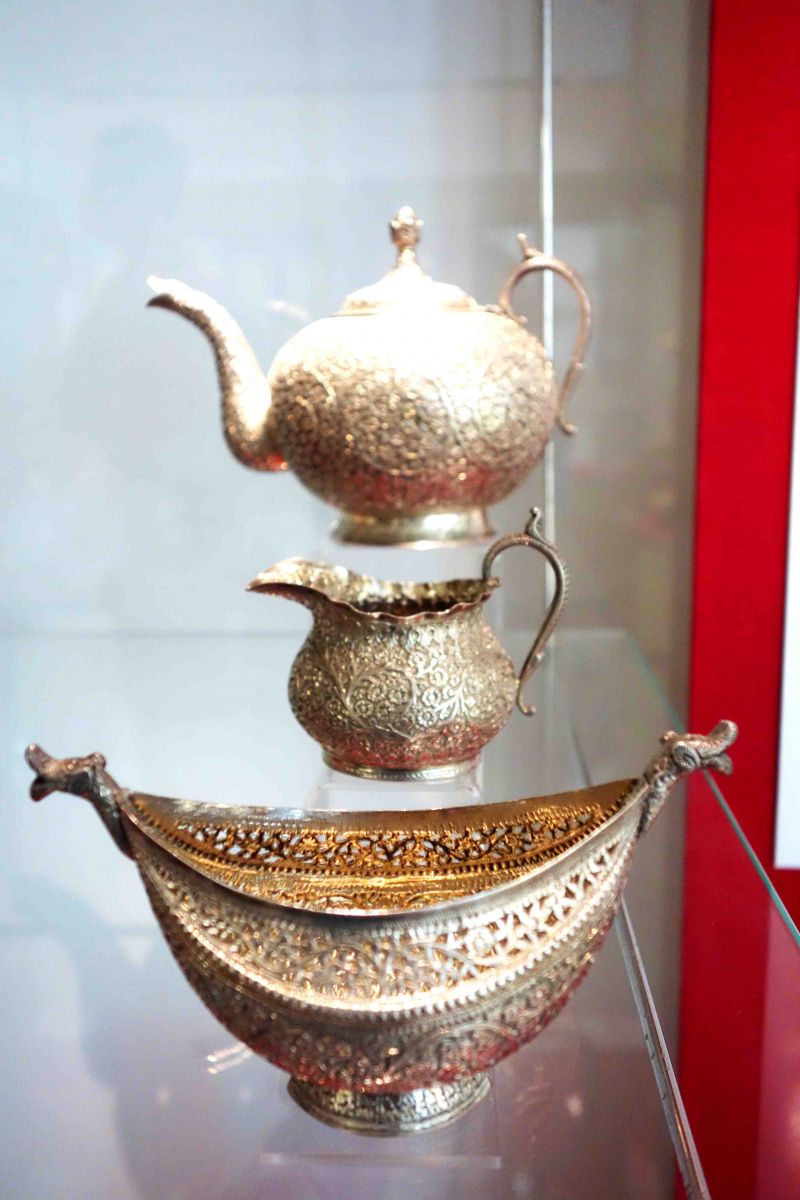 |
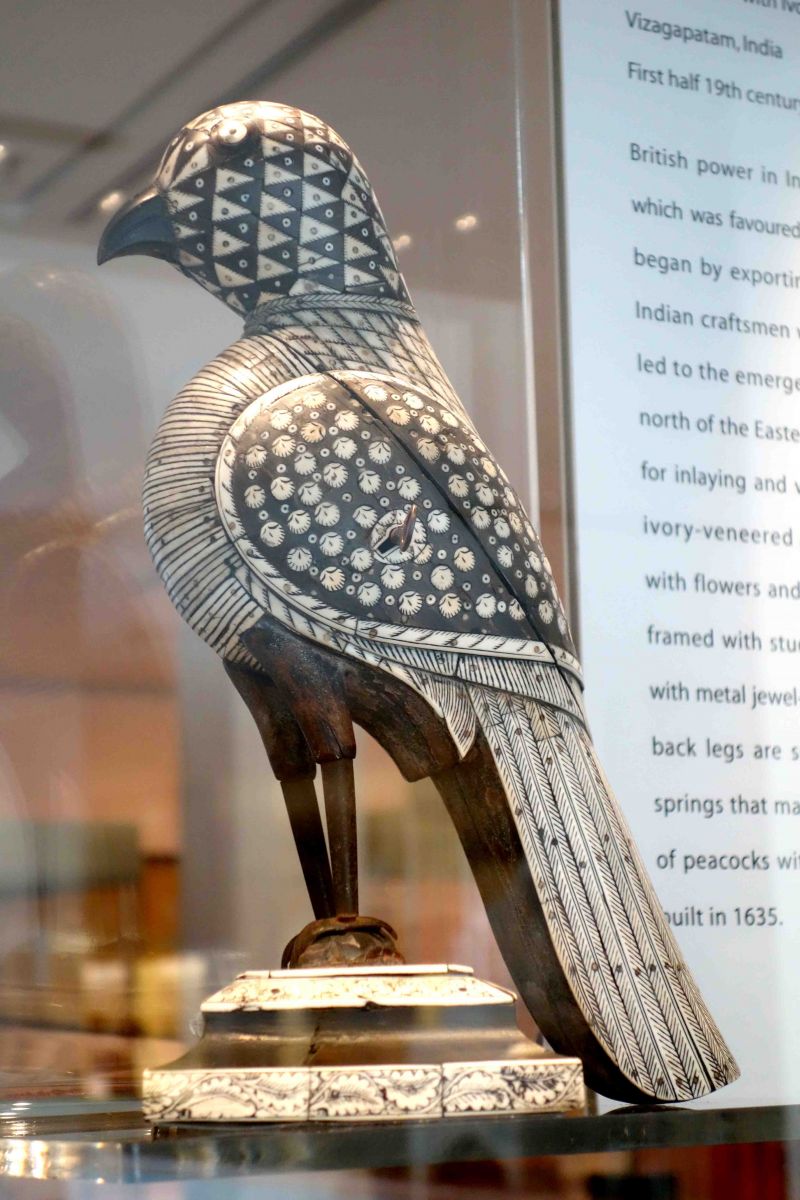 |
|
Metalwork Gallery - Objects in all sizes, shapes and for all uses, in brass, bronze with silver and gold inlays most of them heavily decorated with calligraphy |
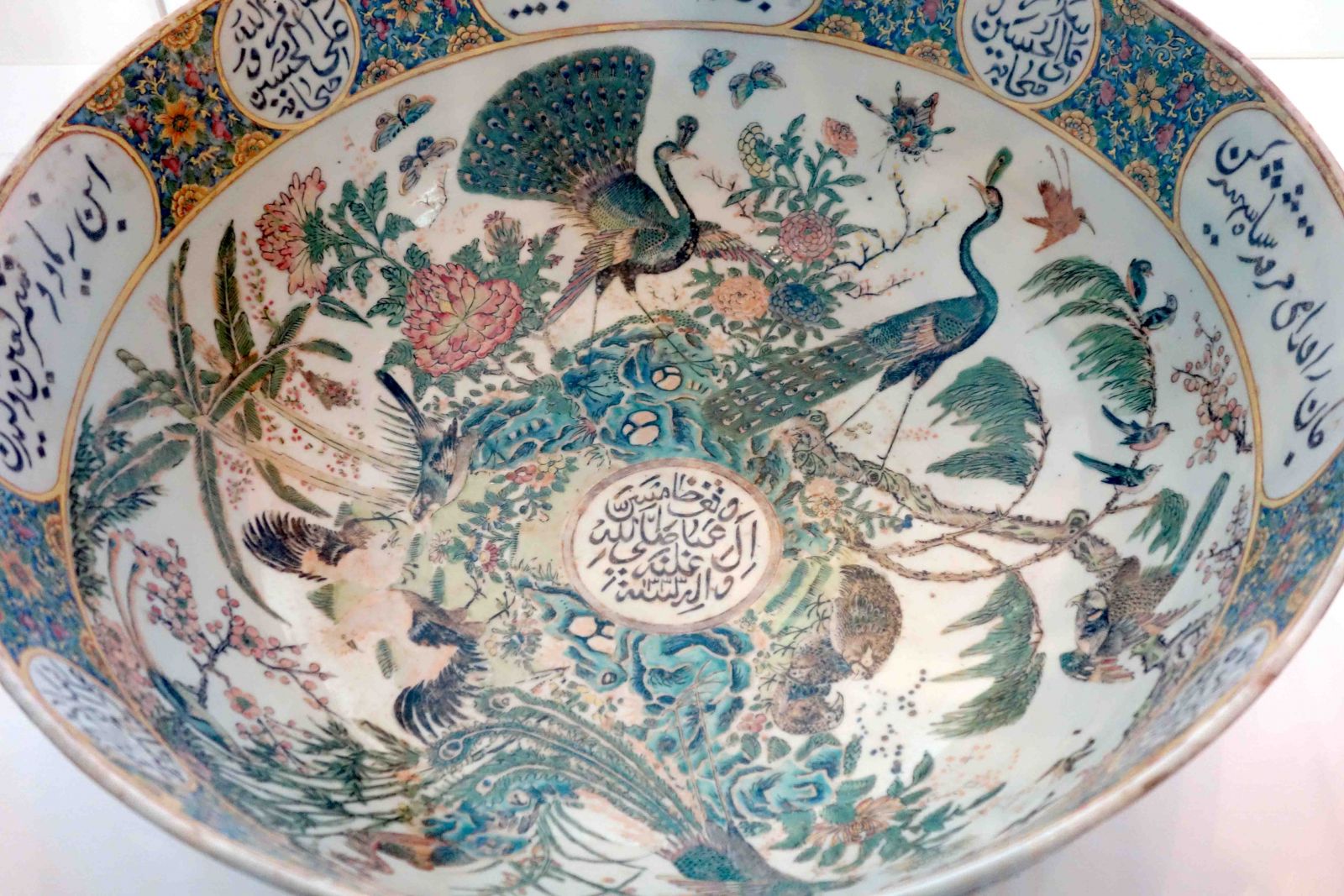 |
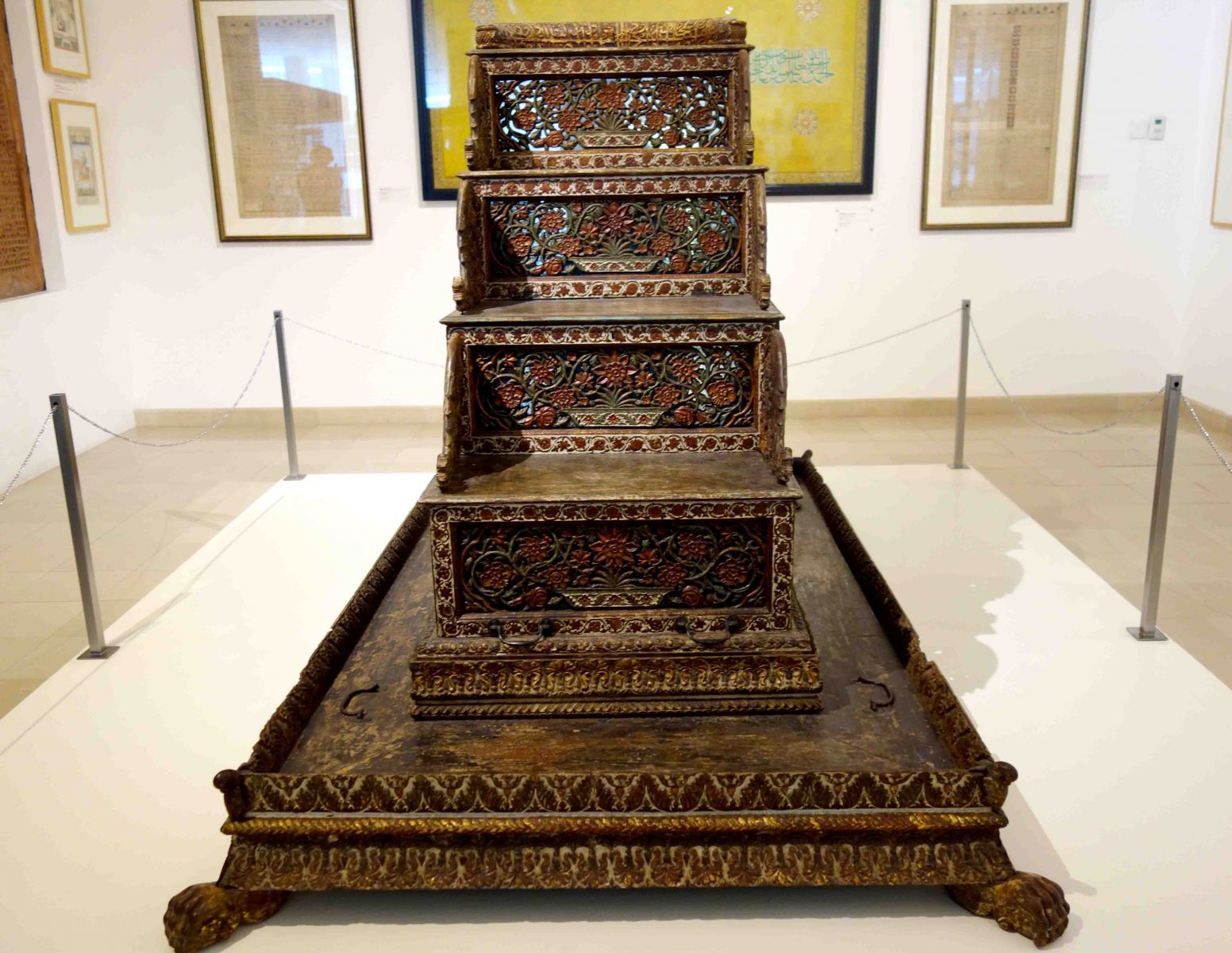 |
|
Ceramics Gallery - Ceramic styles can be classified into 3 categories: floral, figurative and calligraphic designs. Here again, the collections are very varied and comprise plates, tiles, all types of recipients, jars, even tiny water filters, etc.
1st FLOOR Architecture Gallery - This is a vast area where detailed and large-scale models of the most famous mosques and mausoleums of the islamic world are displayed. |
 |
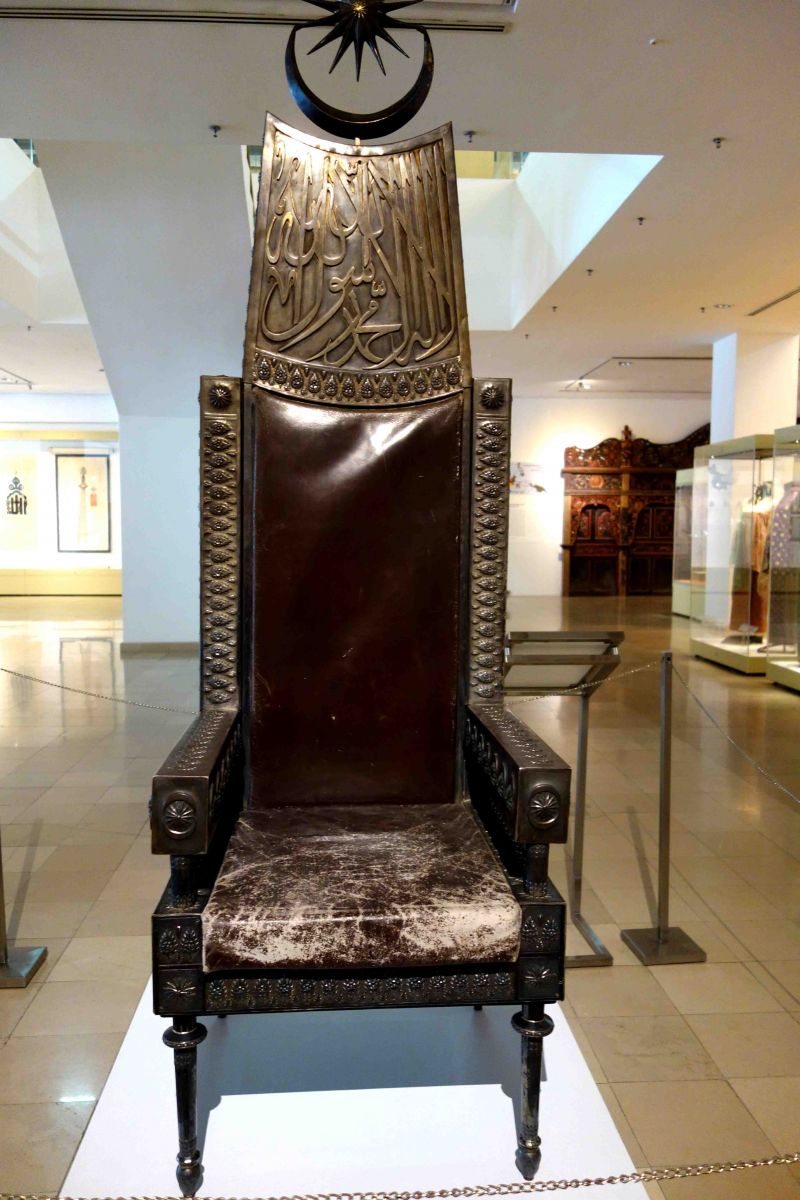 |
|
- There are also models of the oldest mosques built in this region with one located in South Thailand and built without any nails, the 18-century Kampung Laut mosque in Kelantan and the Tengkara mosque in Malacca, the latter encompassing 3 cultures (chinese minaret, javanese 3-tiered roof, topped with a lotus sculpture).
Our time was up before we managed to view everything. Still to be discovered: the coin and seal collection, the manuscript gallery, the heritage displays from India, China and the Malay world. |
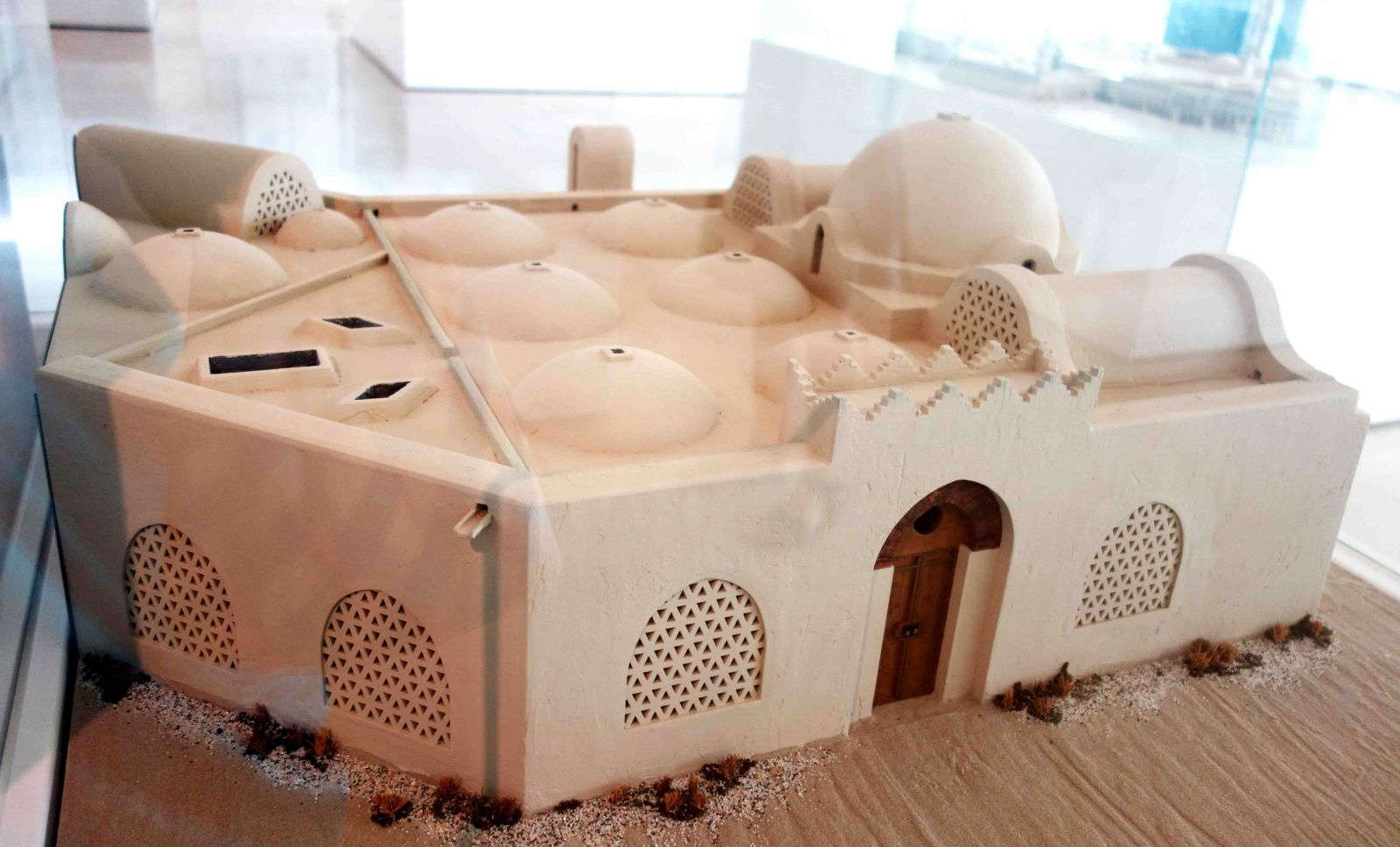 |
|
|
In fact this visit was meant to whet the curiosity of our new members. Everyone present will agree that it is impossible to view everything all at once as there is just too much to absorb. This unique museum warrants a second and even a third visit.
As a fitting conclusion, we enjoyed some refreshments at the middle eastern restaurant on the ground floor. Most of us then adjourned to the museum shop – a must for any visitor - to browse through its impressive range of goods and very likely buy a souvenir or two.
A big thank you to Michelle and all Committee members involved in making such an interesting morning possible.
Colette Hassan |




